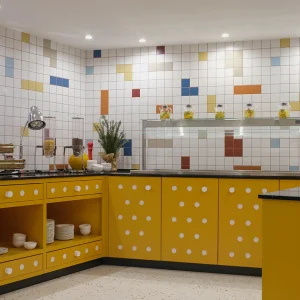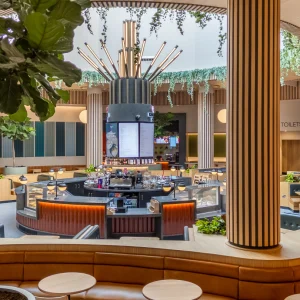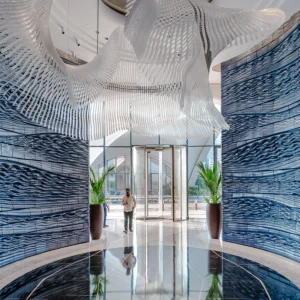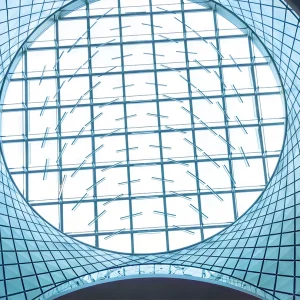
Barbara Jones was in 1951 a mural painter, designers and writer with an interest in popular art who had been commissioned to produce an exhibit showcasing traditional British material culture. Coinciding with the Festival of Britain Jones took to decision to upset her commissioners by challenging the established cultural values attached to everyday material objects. Rather than retreating into the safety of Morris Men and narrowboat painting Jones choose to include a wide range of objects many of them at the cutting edge of modern in her representation of British popular design.
The 1951 exhibition celebrated everyday items which included the traditional and handmade but also featured the mass produced and modern covering topics including advertising toys, festivities, souvenirs and death. Visited by Peter Blake (who then went on to show his own collection of popular art at the Museum of Everything) the original exhibition featured an edible St Paul’s Cathedral, a talking lemon, ship figureheads old Valentines, packaging for rat poison and a 1950s fireplace in the form of an Airedale. All the exhibits were made in Britain.
2013’s exhibition includes many of the original exhibits from 1951 gathered from Jones’ studio with the help of her collaborator Tony Raymond, who inherited her estate when she passed away in 1978. It combines these with press clippings and Jones’ own notes from her time compiling the exhibition showing the thought process behind the whole thing as well as photographs of the original exhibit and unseen material from the Brighton Design Archives and Vogue Archives.
Not only a relevant as an archival restaging the exhibition puts forward important questions about the curation of art and the curators response galleries and commissioning bodies. Without Jones’ insight and interest in the tensions between modern and traditional objects and her valuing not on artistic merit but rather on cultural association the original exhibition might never have taken place. The spectacle curated by Jones championed the judgement of makers, collectors and consumers whilst questioning hierarchies of value, making and manufacturing. In a time when Austerity was first being bandied about as a socioeconomic concept Jones’ exhibition made timely sense in contextualising what was happening in exhibition visitors lives to what they could find in the gallery. In contrast to the Hirsts of the art world the Whitechapel’s restaging of this small but fascinating exhibition is another timely reminder of the inspiring visual culture which exists all around us and how we can come to value its contribution to our lives.
For full details of the exhibition which runs until September 1 2013, please visit whitechapelgallery.org
Black Eyes and Lemonade: Curating Popular Art
Whitechapel Art Gallery, London
9 March – September 2013
Rakan Budeiri





